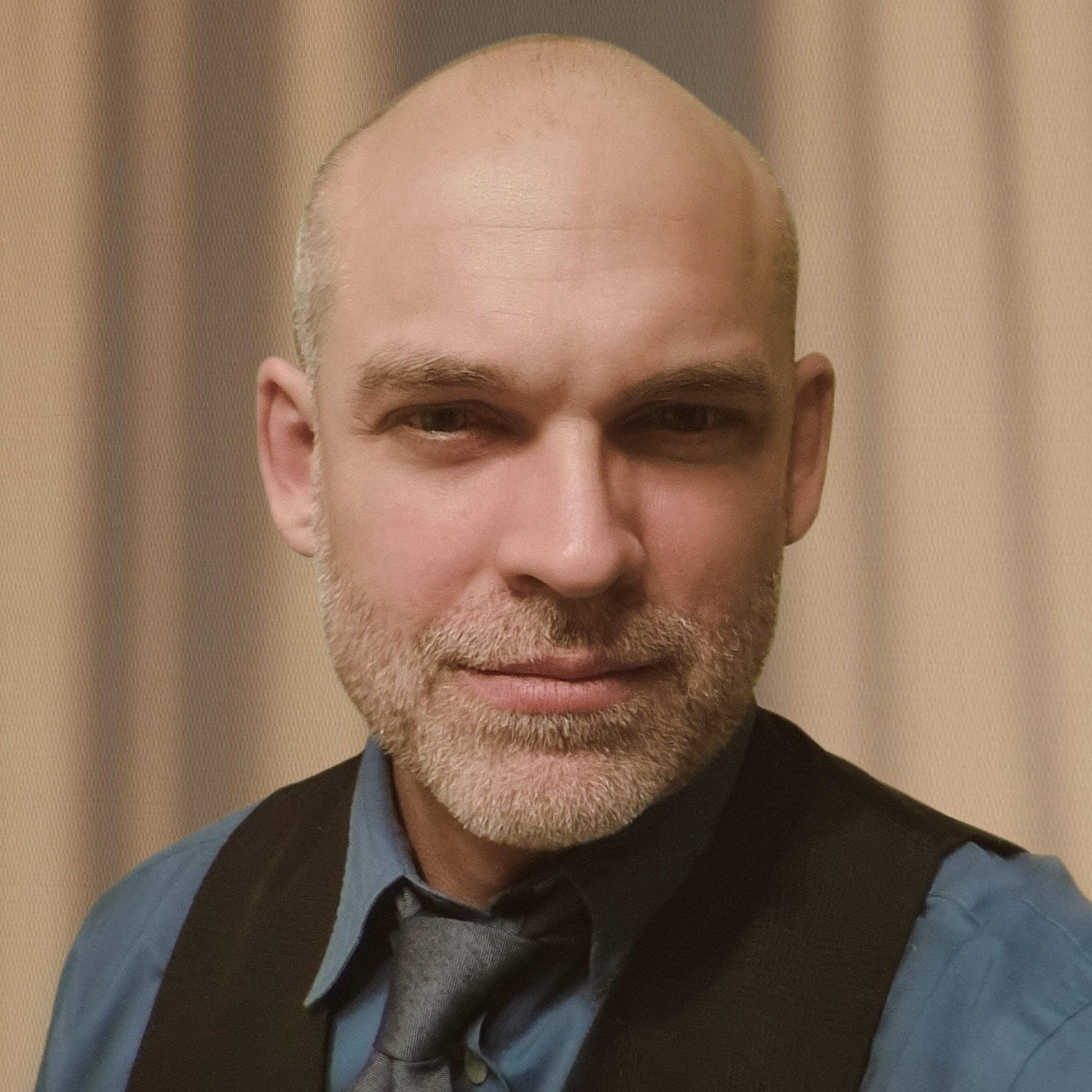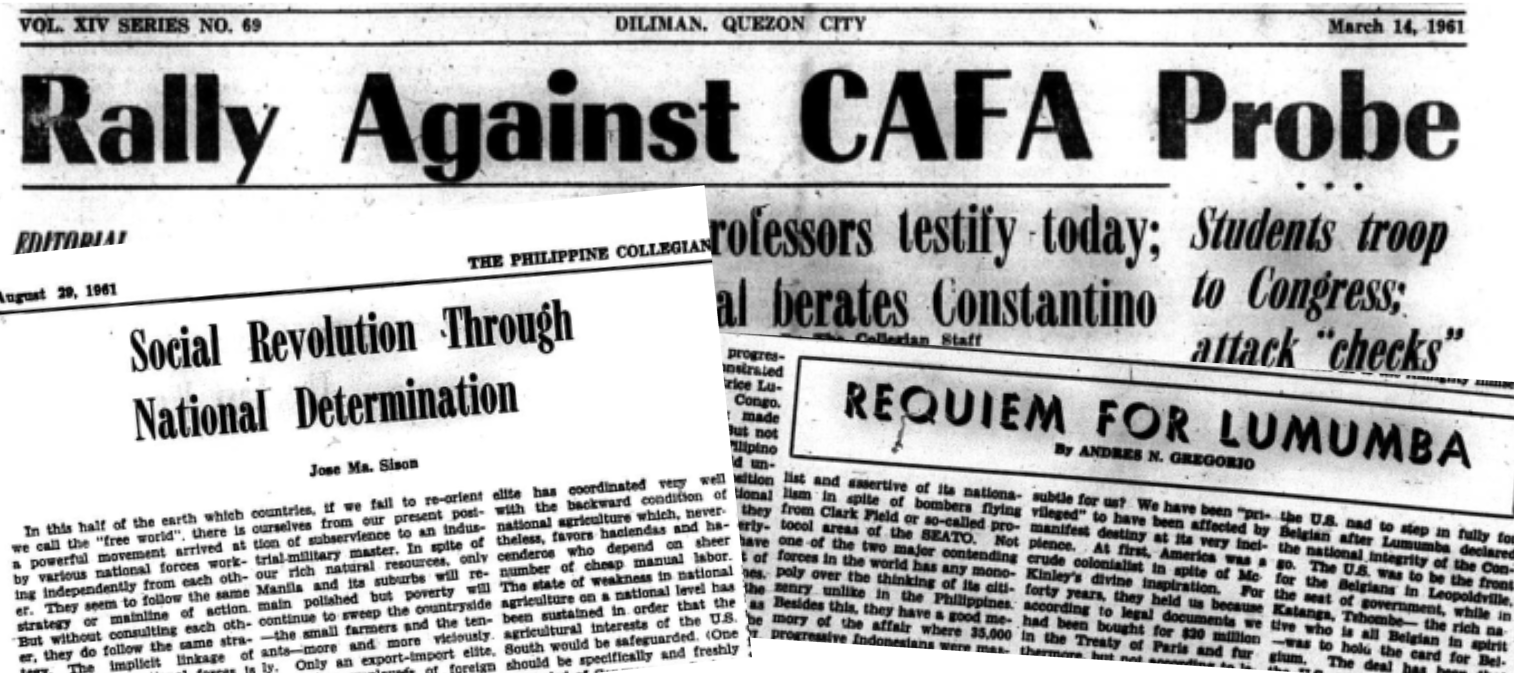Jose Ma. Sison, known as Joma, has been one of the most significant figures in the Philippines over the course of the past fifty-five years. Both his writings and the organizations over which he exercised ideological and political leadership have played an influential and at times decisive role in major historical developments in the country.
In an article published in Sojourn: Journal of Social Issues in Southeast Asia in February, “‘We are siding with Filipino capitalists’: Nationalism and the political maturation of Jose Ma. Sison, 1959-61,” I explore for the first time how Sison became a Stalinist during his final year as a graduate student at the University of the Philippines.
I explore how Sison’s origins in one of the wealthiest families in northern Luzon shaped his early thinking and psychology. By the time Joma Sison traveled to Manila to study, the Sison family fortune was shrinking. Sison’s father had sought to shore up the family income by becoming a “secret agent’” to suppress the Huk guerrilla movement.
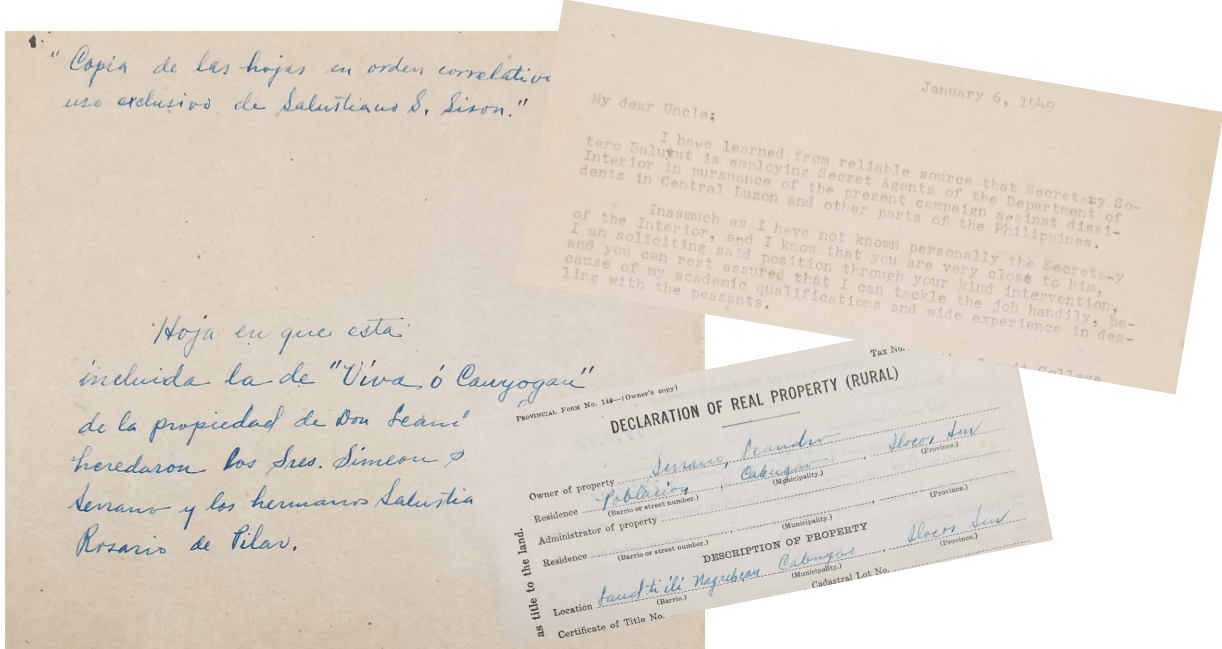
The declining wealth of his family in the post-war period gave political shape to his ideas, which centered around support for the economic nationalism of Sen. Claro M. Recto.
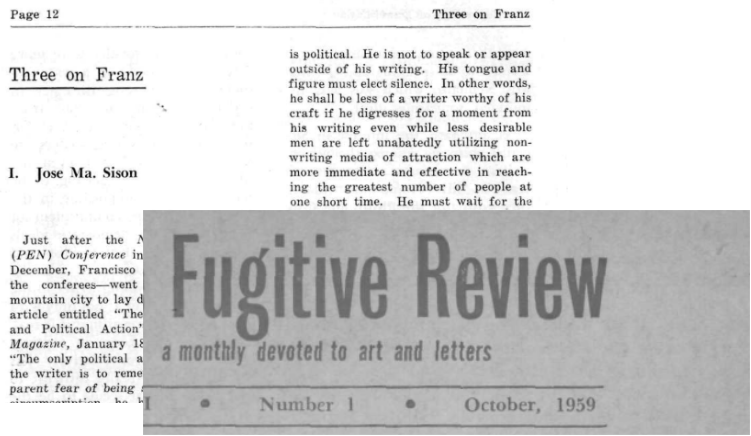
Stalinism used the language of Marxism to bring mass support behind the nationalist political and economic ambitions of sections of the capitalist class and their intellectual representatives. Sison found in the program of Stalinism a viable means of mobilization Filipino workers and peasants in support of national industrialization.
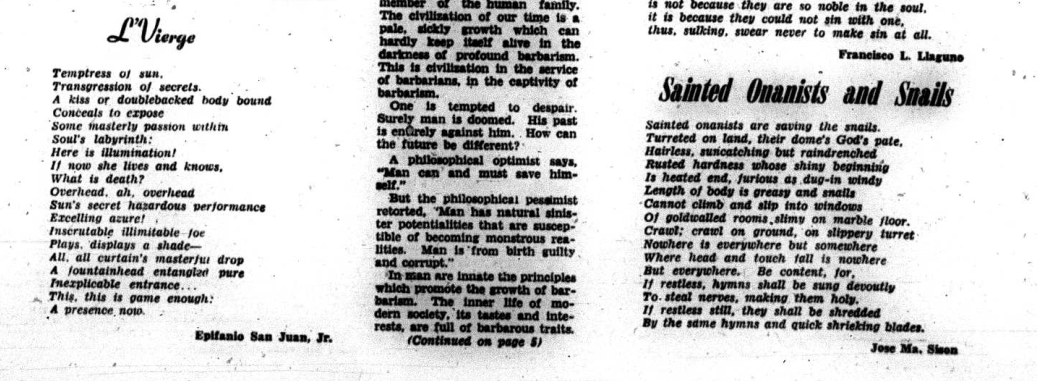
The title of my article is taken from a speech delivered by Sison in January 1965. Addressing a mass crowd of workers and peasants assembled in a demonstration in front of the US embassy, Sison, now a leading member of the Partido Komunista ng Pilipinas, clearly stated his political orientation: “We are siding with Filipino capitalists.” This remained his perspective ever since.
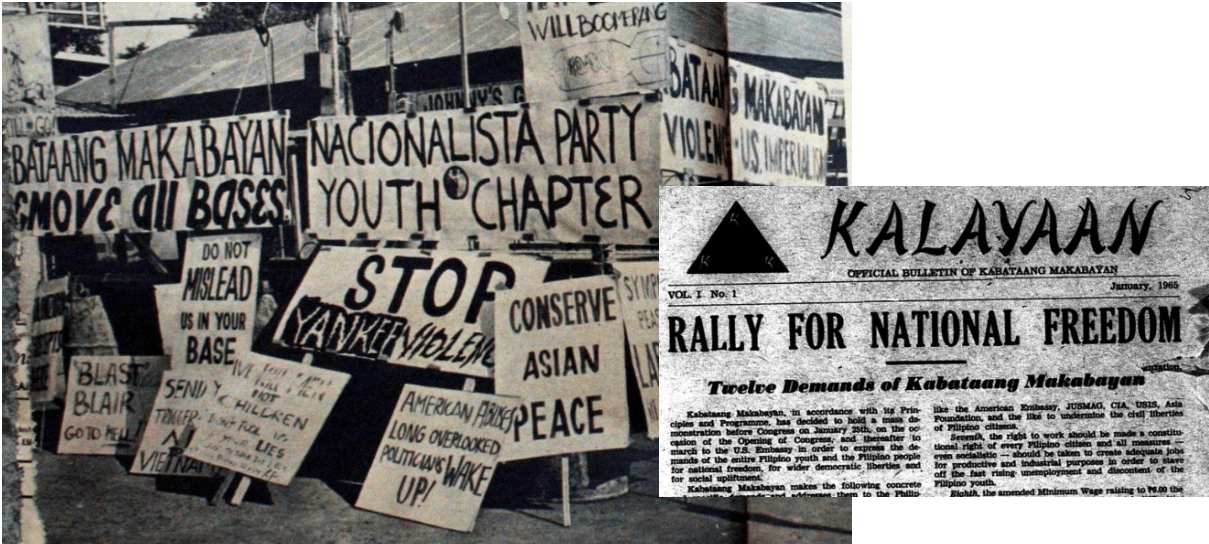
Using Sison’s own writings and publications from his graduate school years I detail the rapid development of his thought. I trace his organizational activities, early existentialist ideas, and initial attempts at poetry. Sison’s ideas came into clear focus in 1961 through the influence of a member of the Partai Komunis Indonesia (PKI), Bakri Ilyas, who was a graduate student in the Philippines at the time. By the end of the year, his Stalinist orientation now clearly established, Sison traveled to Indonesia where he studied in the schools of the PKI.
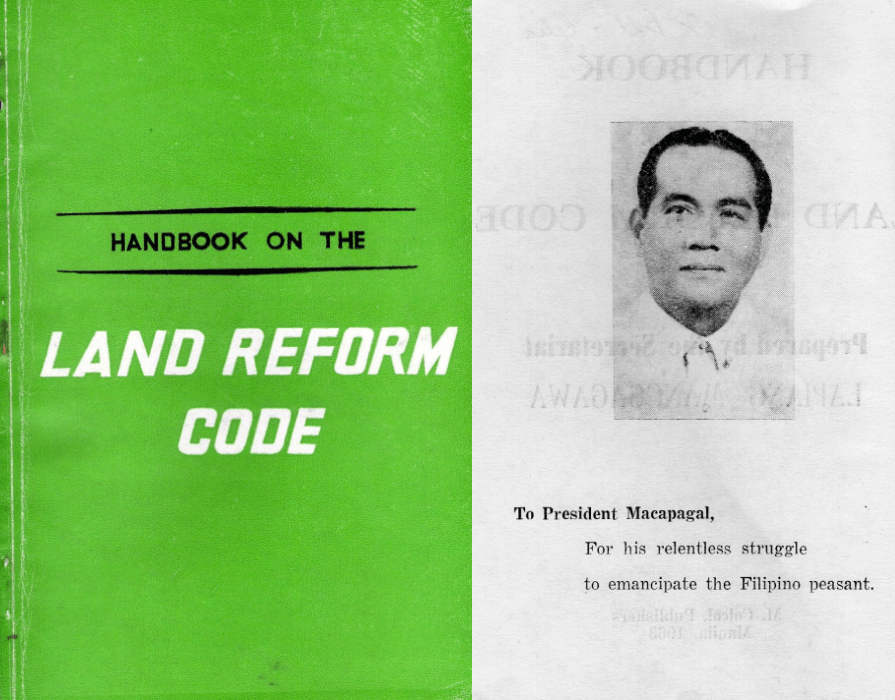
I detail how Sison joined the leadership of the PKP and influentially shaped its political line, including its support for Marcos in 1965. I conclude
The vicissitudes of Sison’s politics and the shifting alliances formed by the organizations he headed were expressions of his Stalinist quest to find and ally with his sought-after progressive section of the capitalist class in service to the interests of nationalism. The precise identity of this progressive section could shift from year to year and election to election, allowing the party and its front organizations to trumpet support for the Liberal Party in 1971 or Duterte in 2016. At no stage in his long and influential political career, however, has Sison abandoned this fundamental orientation, which he first developed as a graduate student at the University of the Philippines in 1961.
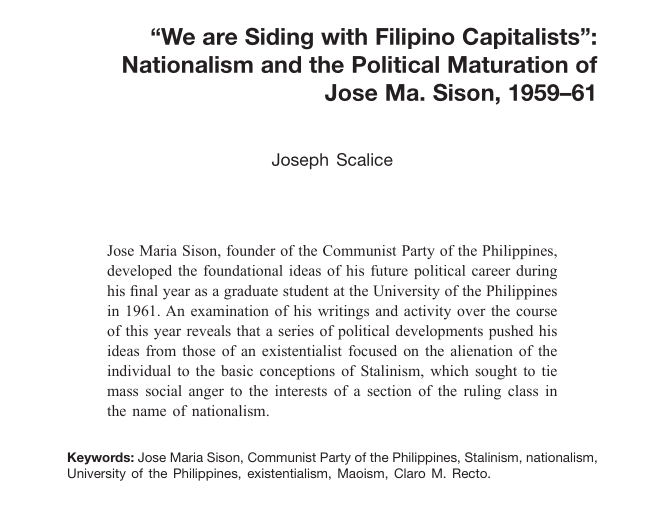
My article is the first scholarly account of the origins and early career of Joma Sison. You can find links here.
